It’s full-on camellia season in the southeast. Camellias, dubbed “the queens of the winter flowers” or “the southern belles of the plant world”, are a beloved tradition in this region. A southern garden isn’t complete without at least one camellia. But, as I’ve learned the hard way, it’s impossible to stop at only one. Over the last 6 months, we’ve planted 9 different camellia varieties around our property. And as if that doesn’t prove my infatuation, I recently took a 3-day road trip just to visit regional camellia gardens. Three days, 600+ miles, 5 outstanding camellia gardens, and a gazillion camellia blossoms.
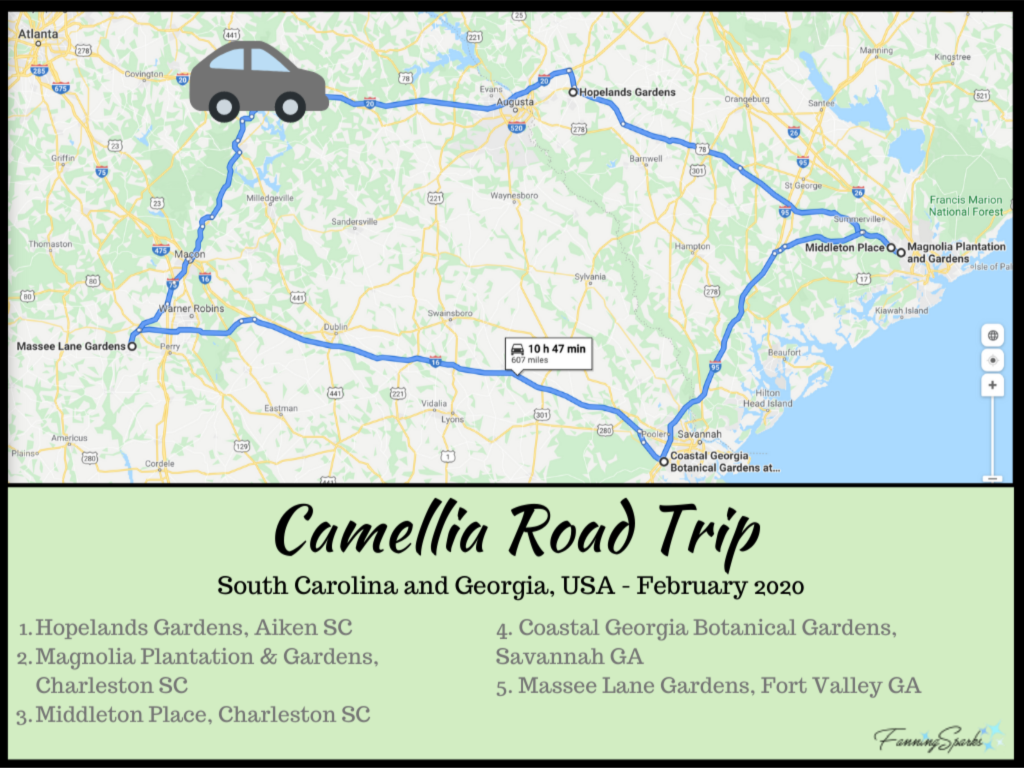
So what makes camellias so special? The answer lies in a combination of factors. First and foremost is the camellia flower. Camellia blooms are typically vibrant, intricate and beautiful. The fact these flowers appear in the midst of an otherwise dreary winter landscape, from November to February, definitely adds to their appeal. This is clearly a case where a picture is worth a thousand words. This gorgeous bloom, spotted at the Coastal Georgia Botanical Gardens in Savannah, is Camellia japonica ‘Early Autumn’.
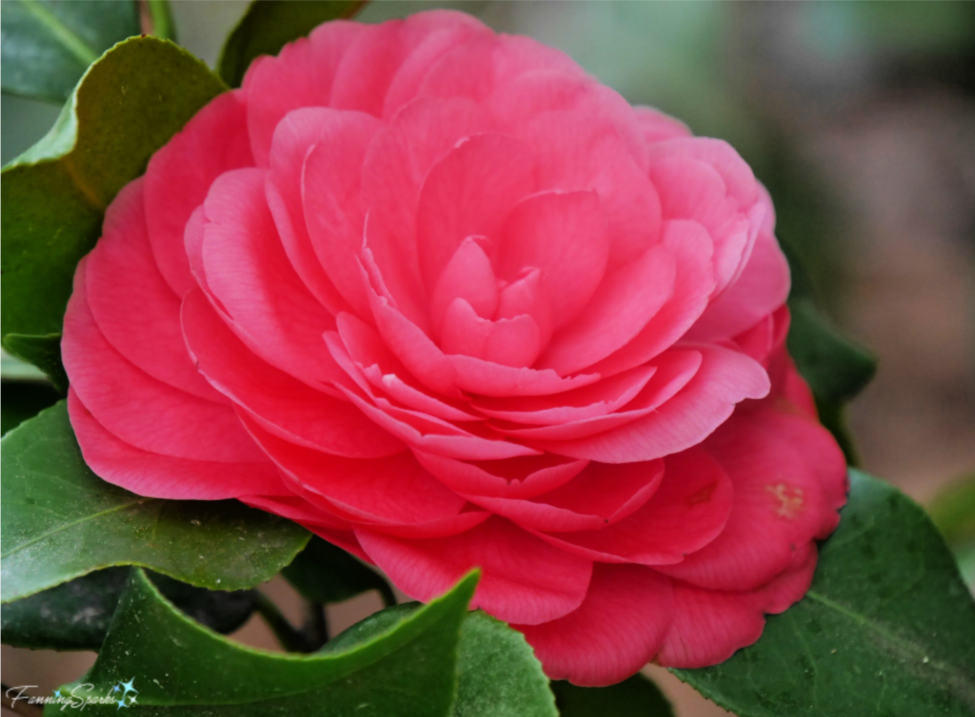
This beauty, Camellia japonica ‘Tomorrow Park Hill Pink’, was spotted at the Massee Lane Gardens in Fort Valley.
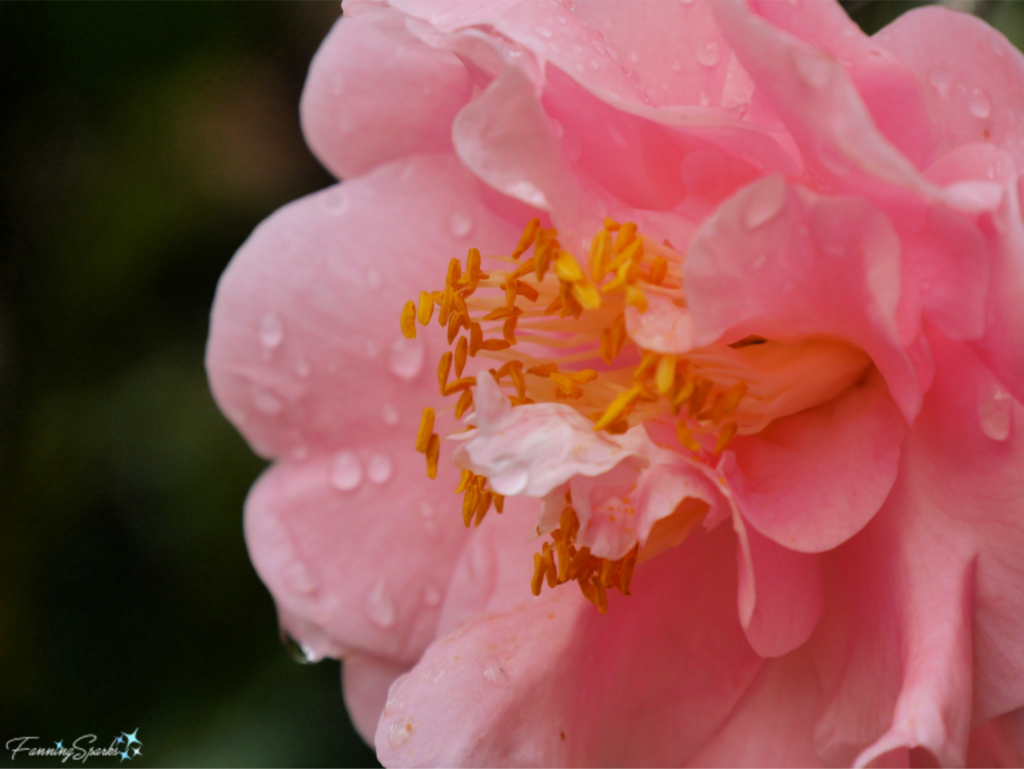
Camellias are considered ornamental shrubs. Their evergreen foliage typically consists of narrow oval leaves with serrated edges in a deep forest green color. The foliage is the perfect stage for the stunning blooms from buds to full bloom. Here’s another look at ‘Tomorrow Park Hill Pink’.
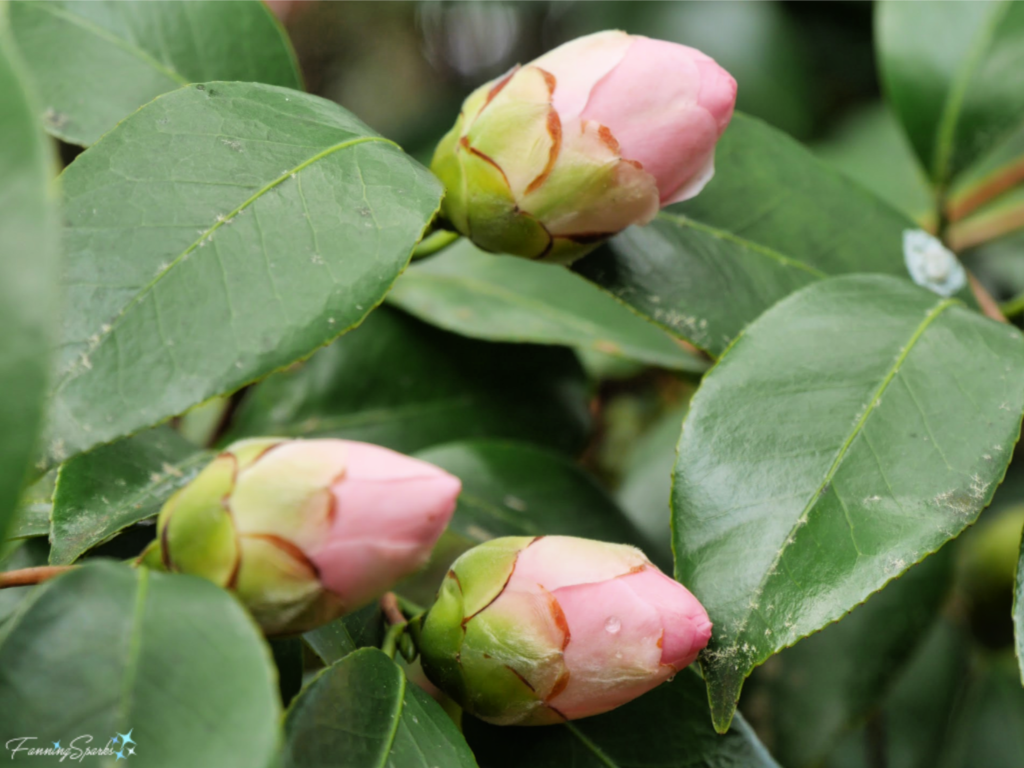
Camellias love shade and their size makes them an ideal understory shrub filling that layer between shade trees and landscape plants. Here’s a view of the main path in the Formal Camellia Gardens at Massee Lane Gardens.
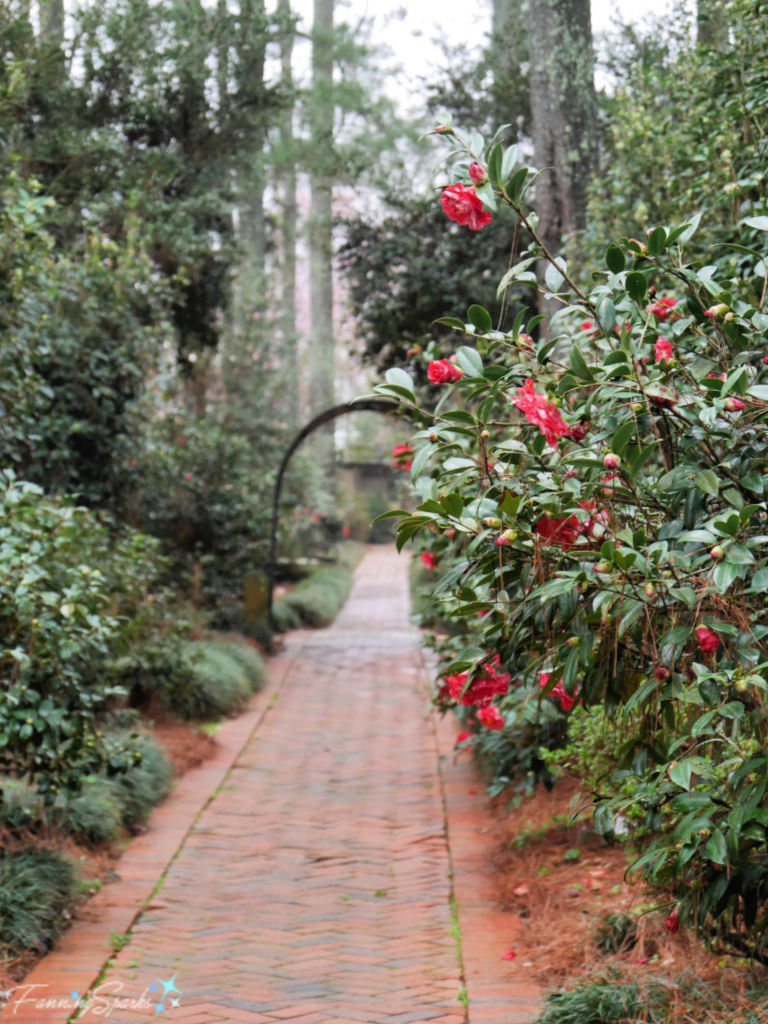
Camellias seem to be the perfect landscape shrub. But they have one major drawback which will be obvious to my friends in the north—Camellias require mild winters (commonly Zones 7-10). For those unable to enjoy these beauties firsthand, I took lots of photos to share.
Camellia blooms come in many shades of pink, red, and white. It’s astonishing to see how many variations can result from this limited palette. Camellia reticulate ‘Frank Houser’ is a beautiful color described as “deep glowing pink to red”.
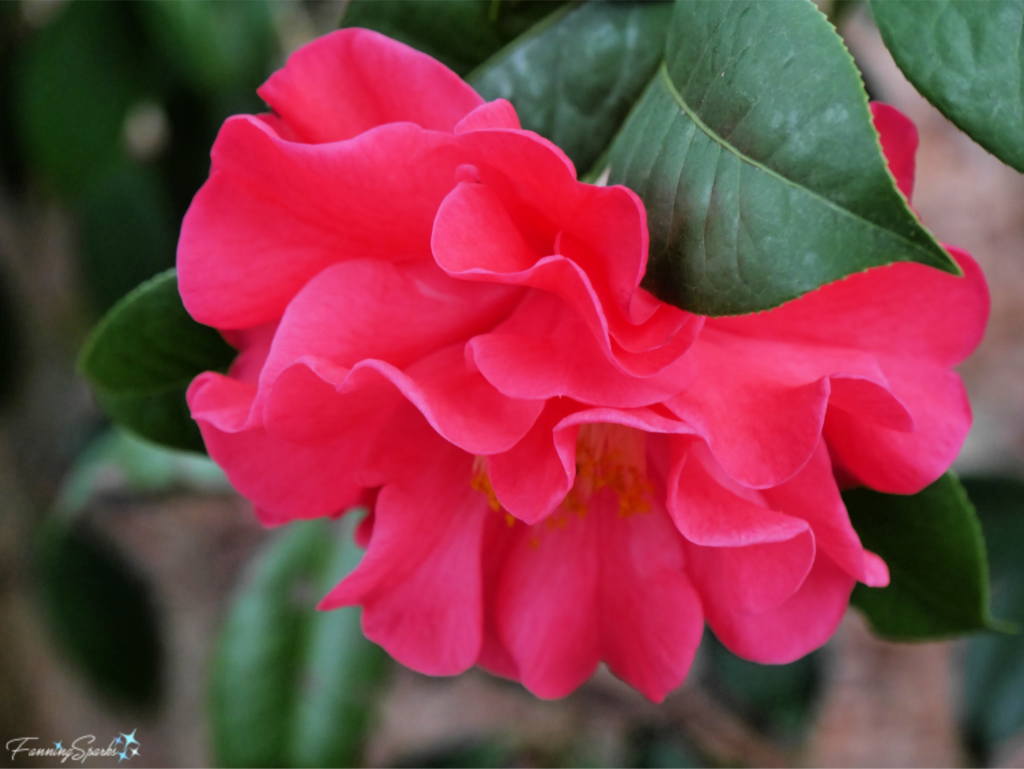
This joyful, striped pink Camellia japonica is the aptly named cultivar ‘Happy Birthday’.
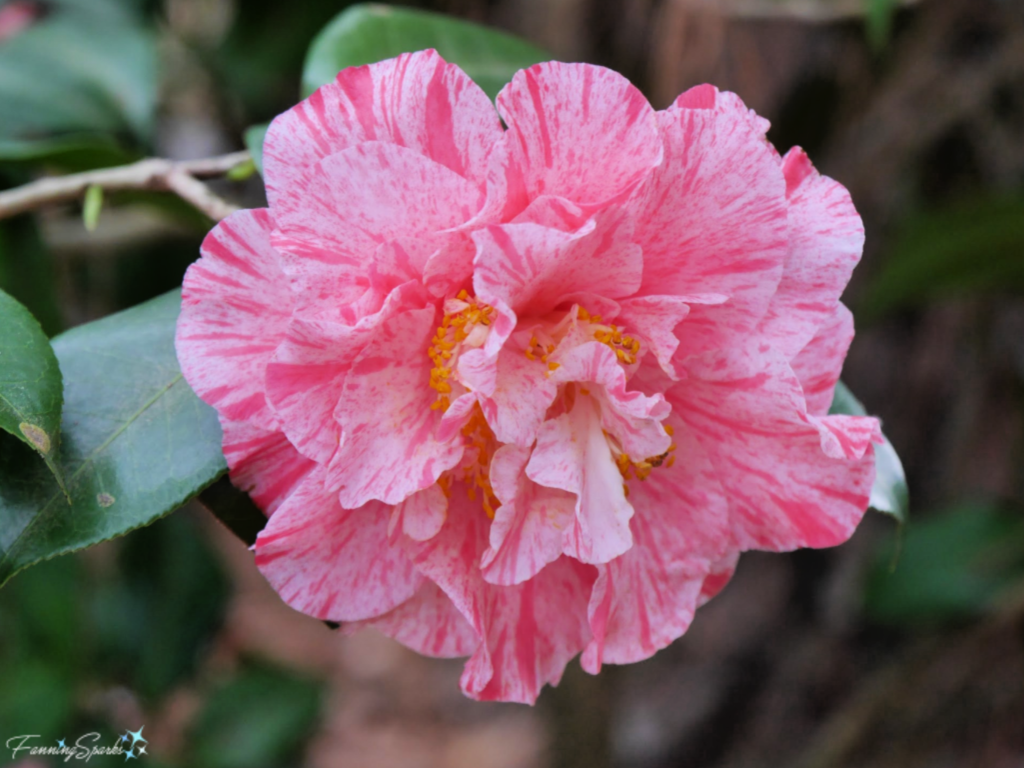
Here’s a unique combination of red and white called Camellia japonica ‘Tama-No-Ura’.
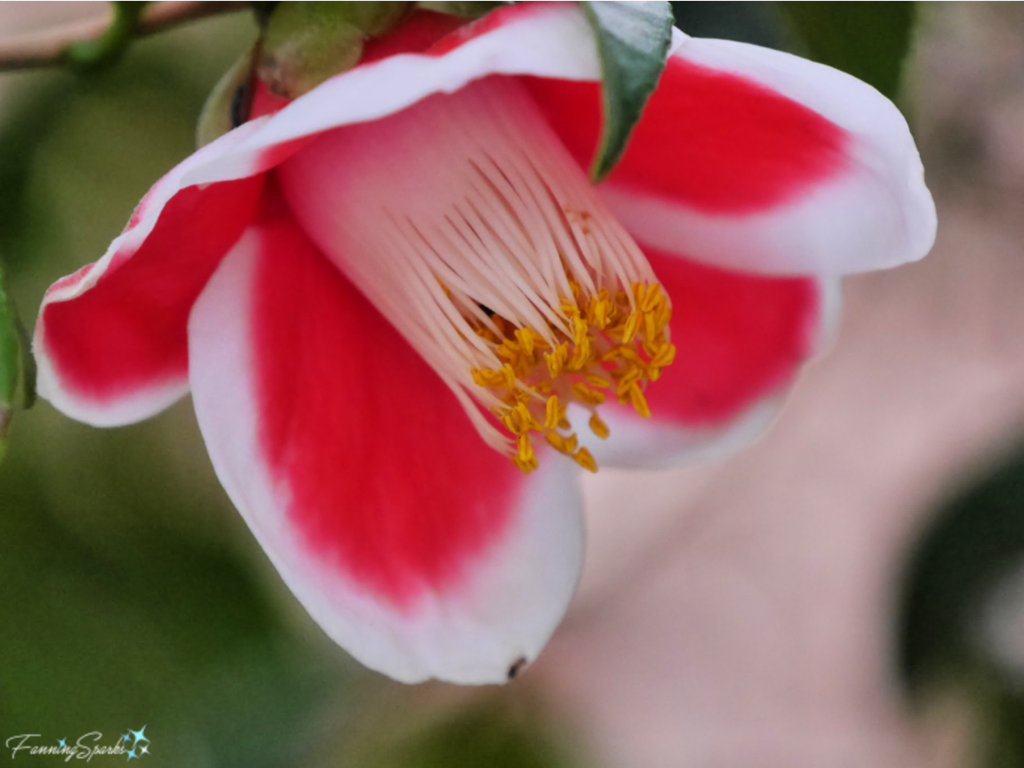
Camellia blooms come in different forms. There are six bloom forms—single, semi-double, anemone, peony, rose form double and formal double. I had the pleasure of attending a guided Camellia Walk at Middleton Place in Charleston. The guide (Thank you Ellen!) started by showing us these examples of each bloom form.
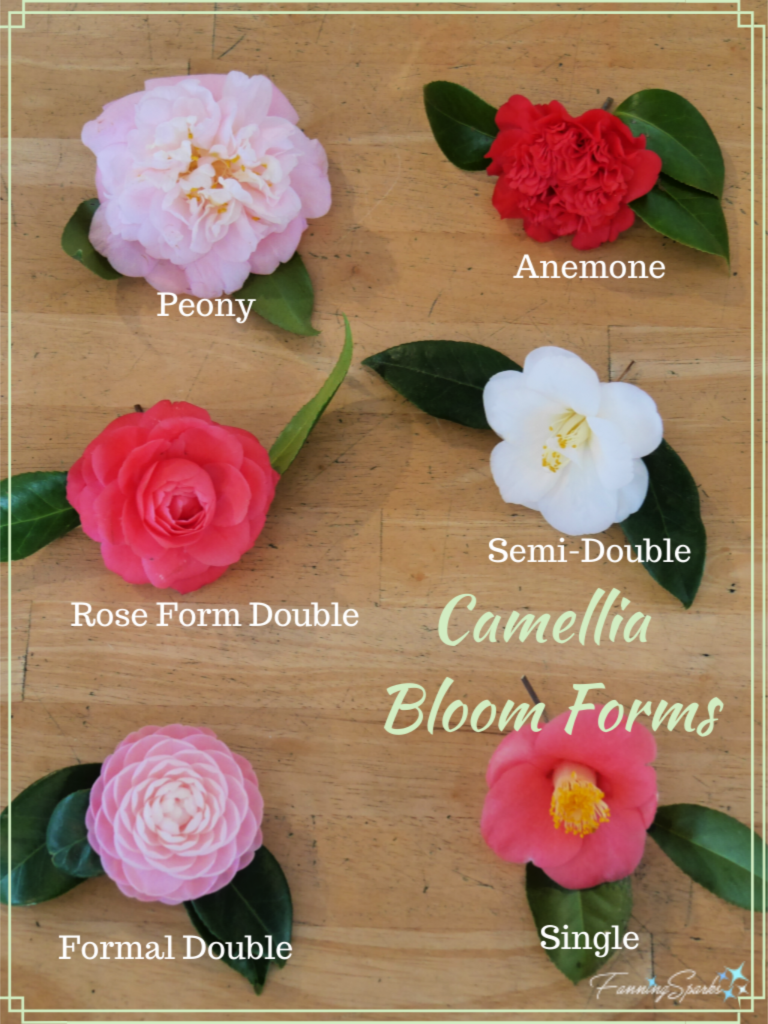
There are about 250 species in the Camellia genus but only a few are commonly grown in home gardens. They are Camellia sasanqua, Camellia japonica and hybrids of these. Camellia reticulate, Camellia hiemalis, Camellia vernalis and their hybrids are also available but less common. Characteristics vary from species to species but one major difference is blooming time. Typically, Camellia sasanquas bloom from early to mid-season. My Camellia sasanqua ‘Northern Lights’ bloomed in October-November in Georgia where I garden in Zone 8a. Camellia japonicas, on the other hand, bloom from mid to late season. Most of the camellia blooms I saw on my road trip in February were Camellia japonicas. My Camellia japonica ‘Sea Foam’ is blooming now in mid-February. Here’s one at the Coastal Georgia Botanical Gardens showing off its beautiful formal double white bloom.

Within the 250 species of Camellia there are thousands of cultivars. Combining bloom colors and forms, along with blooming times, introduces a lot of opportunity for variation. Add to that differences in bloom size, foliage (eg leaf size, color and serration) and plant growth habit, and the possibilities seem endless. There are, in fact, many camellia growers and enthusiasts striving to create new cultivars. This is where the American Camellia Society comes into play. Among other responsibilities, they oversee varietal registration of new camellia cultivars. Individuals can apply to the American Camellia Society to register and name a new camellia cultivar. The Society maintains an online reference library of all named cultivars (see More Info below).
For those lucky enough to live in a region where camellias can thrive, I hope I’ve convinced you to introduce or add more camellias to your yard or garden. There are many online sources available to help you choose, plant and maintain your camellia. I will offer one tip though—camellias need to be planted shallower than you might expect. This really surprised me (and probably explains why my previous attempt to grow camellias did not go so well). Check out the Camellia Care Basics from Gene’s Nursery (see More Info).
I’ll wrap up with a few more favorite shots. The below pink lovely is ‘Miss Aiken’ from Hopelands Gardens.
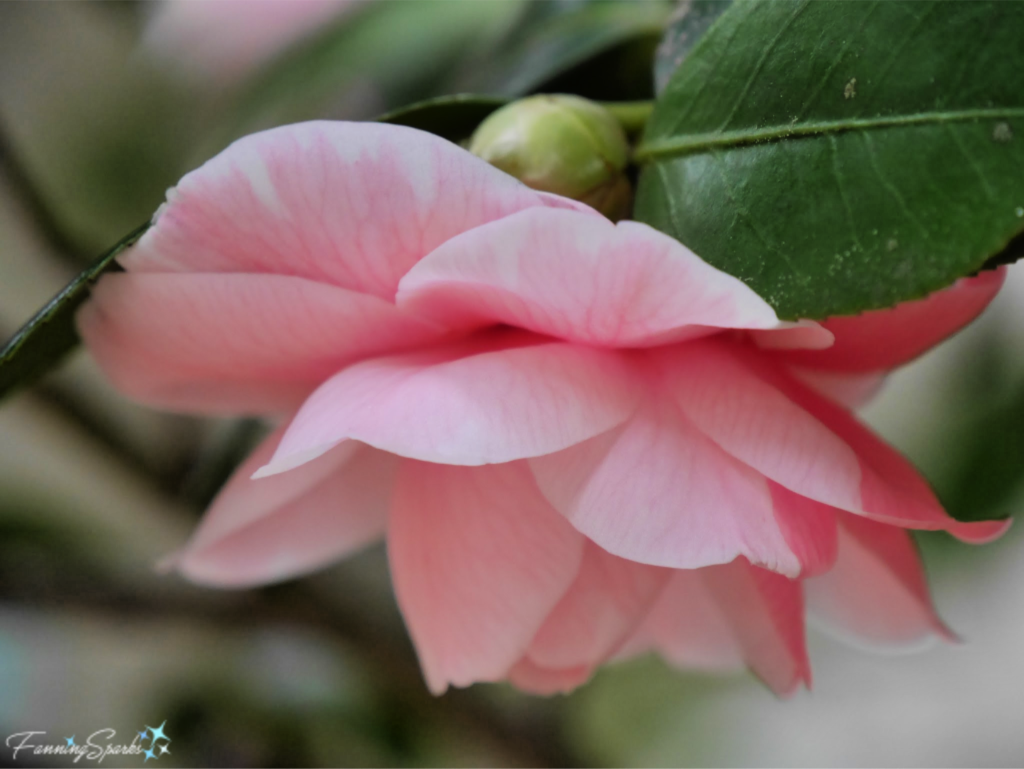
This gorgeous pink bloom is Camellia japonica ‘Adalyn’.
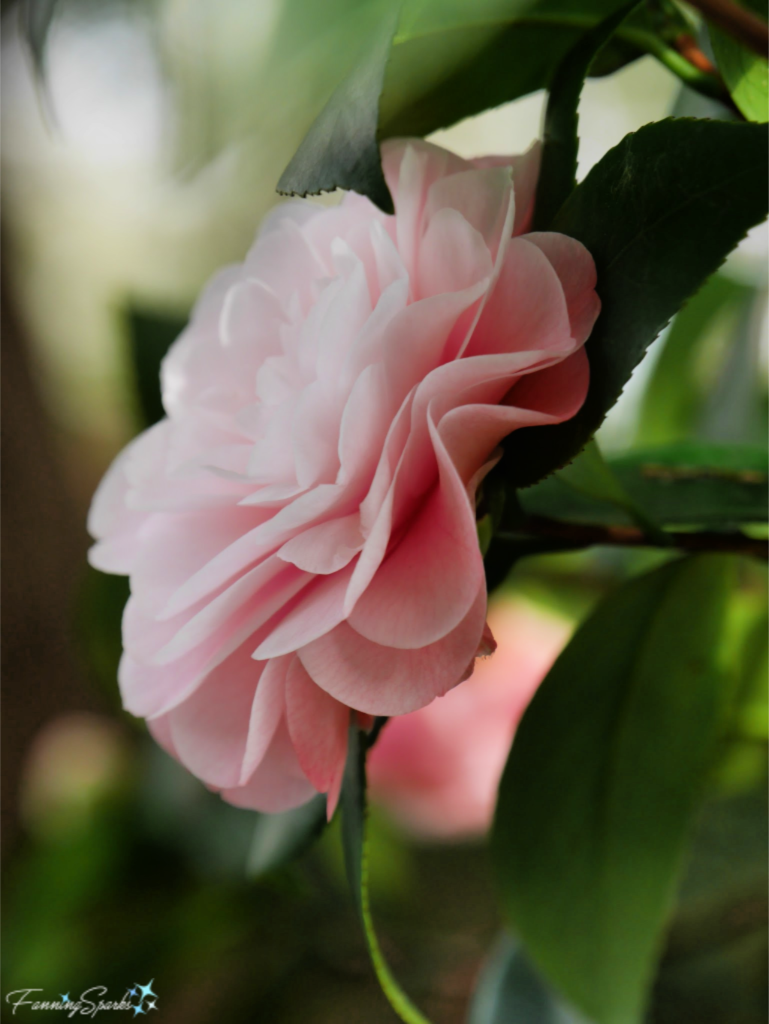
The hybrid camellia, Camellia ‘Cinnamon Scentsation’, is highly fragrant. As the name suggests, it does smells a little like cinnamon.
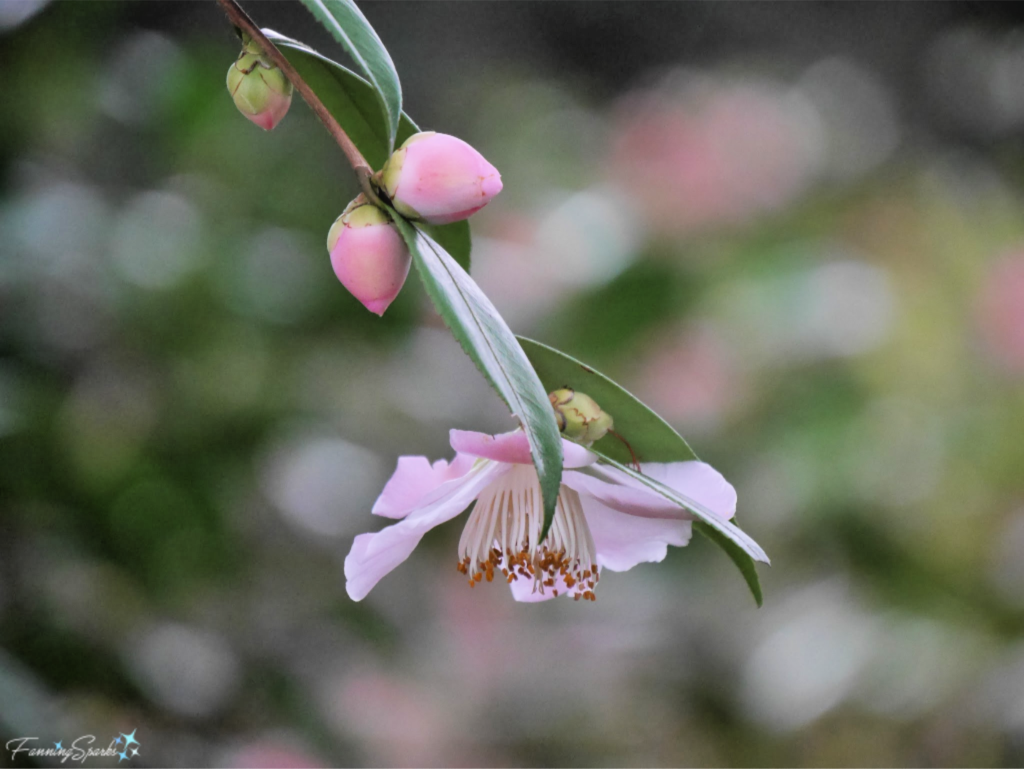
In the below photo, the Camellia japonica ‘Faith’ hosts what appears to be a Western Honey Bee. Notice the pollen basket on her back leg.
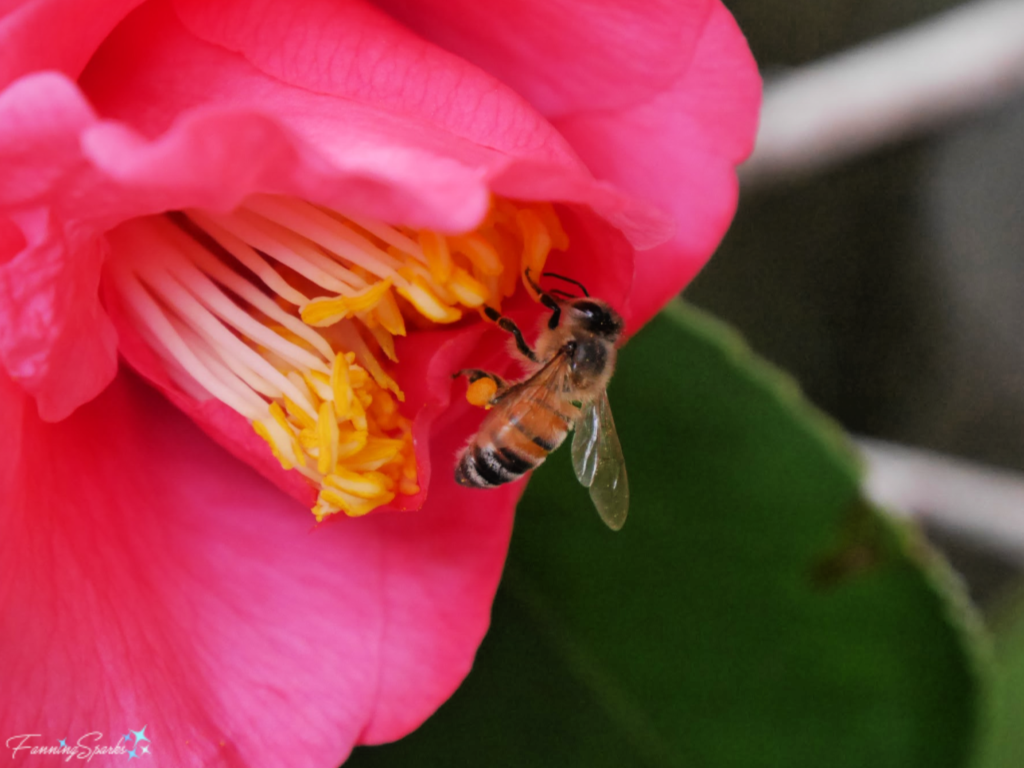
This bell-shaped bud, at Middleton Place, caught my eye. Unfortunately, I wasn’t able to find a label identifying the variety.
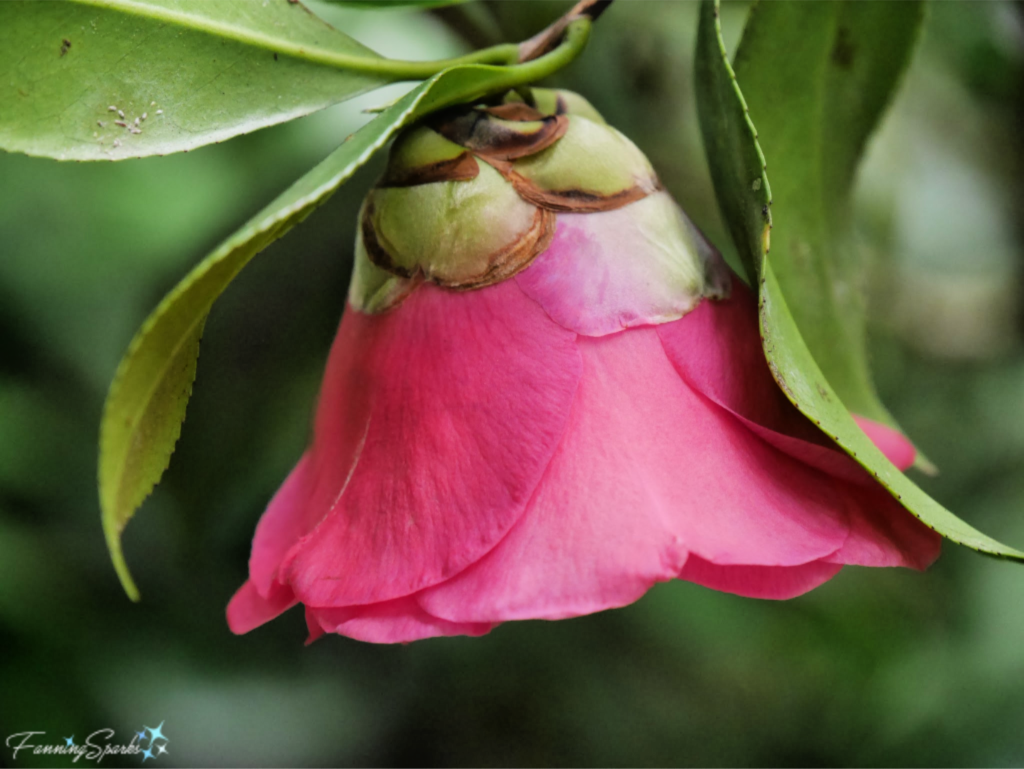
No visit to Middleton Place is complete without admiring, and taking a photo or two, of the ‘Wood Nymph’. This marble figure of a sandal binder was carved by Rudolf Schadow (c. 1819). Interestingly, many of the other statues owned by the family were destroyed during the Civil War but the Wood Nymph survived because they buried her underground. Of course, I couldn’t resist placing a few spent camellia blooms in her lap.
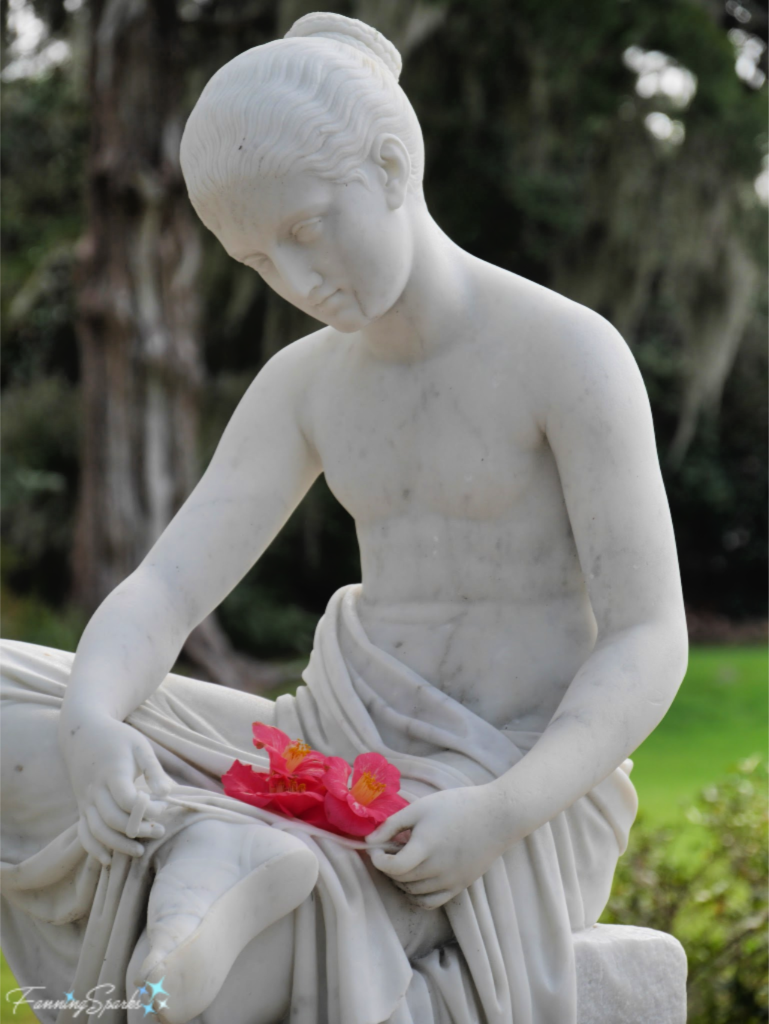
More Info
The American Camellia Society website is a great reference for all things camellia including the American Camellia Trail Gardens. This online catalog lists public gardens across the USA with notable collections of camellias. Gardens are grouped into three categories: East Coast, Gulf Coast and West Coast.
The state of Georgia recently introduced Georgia’s Camellia Trail including 30 public gardens featuring camellias.
For more information on the gardens I visited in the southeast USA, check out the following websites.
. Hopelands Gardens, Aiken South Carolina
. Magnolia Plantation & Gardens, Charleston South Carolina
. Middleton Place, Charleston South Carolina
. Coastal Georgia Botanical Gardens, Savannah Georgia
. Massee Lane Gardens, Fort Valley Georgia.
All of these gardens are beautiful and were a pleasure to explore. But if I had to choose only one, I’d recommend Massee Lane Gardens. This is the headquarters of the American Camellia Society and they maintain the gardens for the education and enjoyment of visitors and members. Their collection is extensive and very well marked. There’s also a lovely Japanese garden, a pecan orchard and interesting remnants, such as an old mule barn, from the original homestead.
There are several reputable nurseries that specialize in camellias. I purchased mine from Gene’s Nursery in Savannah, Georgia. The owner, Gene Phillips, generously offered advice and guidance while helping me select my plants. I reference Gene’s Nursery website frequently—it is a gold mine of helpful and interesting information about camellias. Here’s the Camellia Care Basics page from Gene’s Nursery that I mentioned above.
You may also enjoy my previous post, Joyous Greetings 2019, which features an embellished photo of a snow-laden camellia.
Today’s Takeaways
1. Consider setting a theme for your next road trip.
2. Plants with a long history and strong tradition are worth considering.
3. Think about adding camellias to your garden or surroundings.


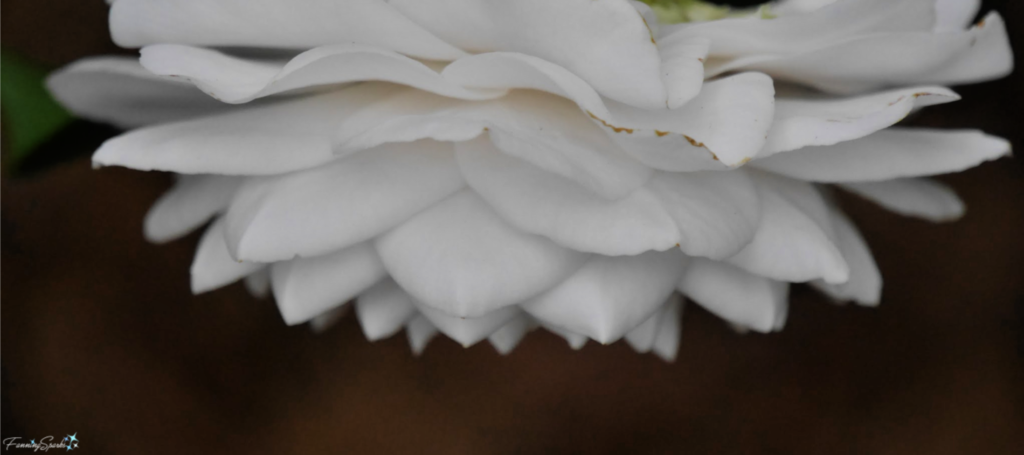


2 Comments
@Marian – I wish they would, too!
Beautiful!
How I wish Camellias would grow here and brighten my days!